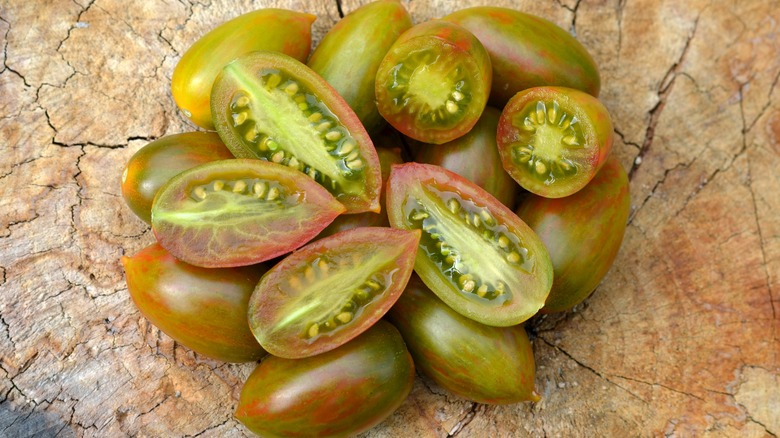Sometimes, recipes use terms that the regular person may not recognize compared to a seasoned cook. The difference between a pinch and a dash could make or break a recipe for a beginner chef. Similarly, the terms “lengthwise” and “crosswise” may not be in a non-cook’s common vernacular, causing for a confused internet search in the middle of a cooking session.
Well, for a novice cook: Great news! The difference is actually fairly simple. When cutting something “lengthwise,” a general rule is to cut vertically. And for “crosswise,” the opposite: Horizontally slice through the middle. However, some issues may arise when the lengthwise vs crosswise debate is less obvious, like with circular fruits and vegetables. For instances like this, lengthwise cuts should be from one end to the other (like the root to the bud). Crosswise cuts should encompass the circumference of the product.
Lengthwise vs Crosswise cuts
Knowing the difference between lengthwise and crosswise cuts will make any cook’s recipe-reading experience so much simpler. For instance, like cutting a dragon fruit, where cutting the fruit lengthwise will provide a much easier slice to scoop compared to a crosswise cut. Or, on the other hand, learning how to “spiralize” a hot dog to provide more surface area to a hot dog and fit more delicious ingredients into the dish requires the knowledge on what exactly a lengthwise cut is and how to carry one out.
The general rule to remember is that a lengthwise cut is from pole to pole, usually vertically. A crosswise cut is the opposite, cutting along the circumference of a round fruit or vegetable. This knowledge will not only be the savior to a potentially disastrous onion ring batch, but will come in handy during a rushed recipe prep when an inexperienced cook may not know the difference off the top of their head.
